G&T Orthopaedics Services
Few sports medicine centers offer as many treatment options as G&T Sports Medicine. Our position at the forefront of surgical and therapeutic technology means that patients of all ages have more treatment options and, in many cases, reduced recovery time.
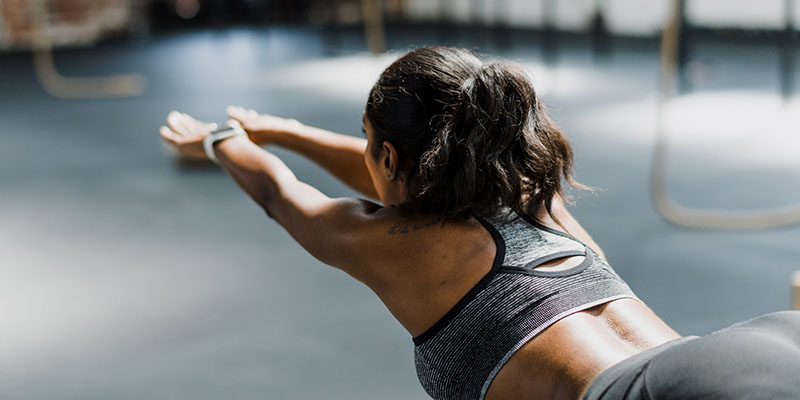
Arthroscopic Surgery
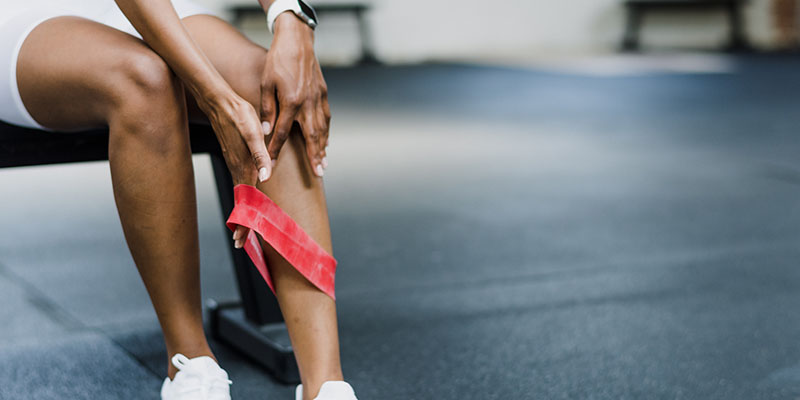
Knee
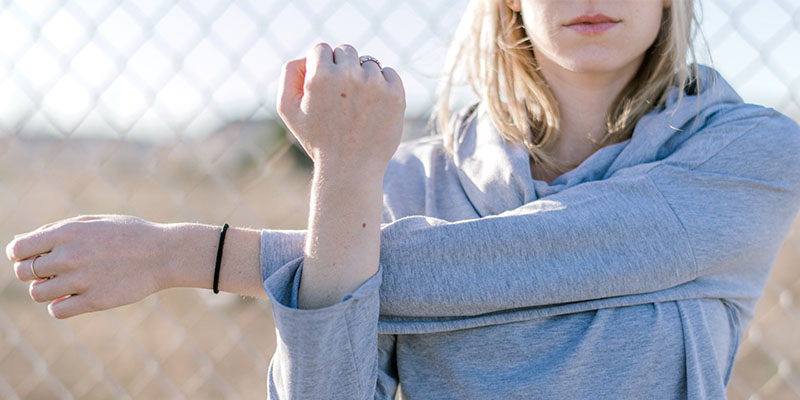
Shoulder

Treatment of Fractures
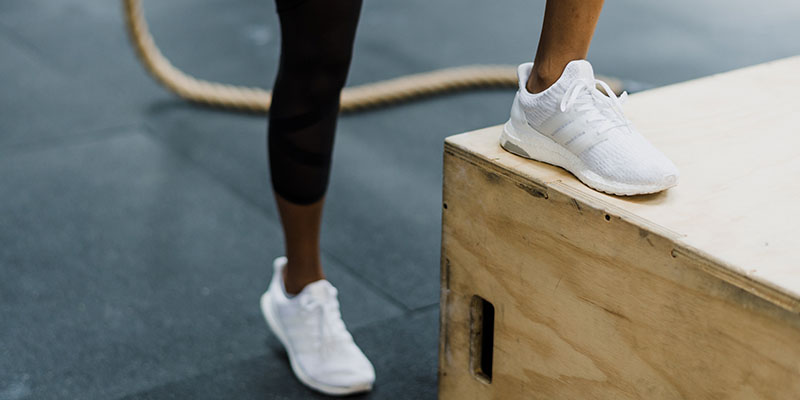
Cartilage Restoration Procedure
Arthroscopic Surgery
At one time, most surgical procedures required large incisions and massive displacements of muscle, bone, and tissue. With arthroscopic technology, many operations can now be performed with much less trauma to the patient.
With arthroscopic surgical techniques, instead of making a large incision and looking directly at the internally injured area, the surgeon makes several small incisions and works with small instruments and cameras, while viewing the repaired area on a video monitor.
The result? The same repair benefits, with much less significant scarring and potential muscle and tissue damage. Patients undergoing arthroscopic surgery often have faster recovery times and regain faster use of their repaired joints and limbs.
Shoulder
Arthroscopic Rotator Cuff Repair
With arthroscopic rotator cuff repair, instead of making a large incision and looking directly at the torn rotator cuff, the surgeon makes several small incisions and works with small instruments and cameras to view the rotator cuff on a video monitor. The surgery is often more accurate and results in faster recovery, less surgical trauma, and less tissue scarring.
Arthroscopic Labrum Repair
The shoulder is basically a ball-and-socket joint, and not a very deep one at that. It allows for great range of motion, but most of its stability is provided by a series of ligaments and a rim of tissue around the “socket” that deepens it, called the glenoid labrum.
Labral tears can be painful and can cause “clicking” sounds and general shoulder instability. Labral tears cannot heal on their own and must be repaired surgically. Fortunately, with today’s arthroscopic technology, many tears can be repaired without great trauma to the patient, and the shoulder can be precisely “tuned” for proper healing and post-treatment shoulder performance. In most cases, arthroscopic surgery is the only solution for a labral tear.
Total Shoulder Replacement
Total shoulder replacement alleviates the pain of severe arthritis or injury by replacing the damaged bone and cartilage with a metal and plastic replacement joint. In total shoulder replacement, the “ball” of the humerus bone is removed and the “socket” of the scapula is shaved down, and both parts replaced.
Patients who have tried the usual treatments for severe shoulder arthritis or injuries without success are possible candidates for shoulder replacement surgery. The operation is performed under general anesthesia and hospital stays vary from one to three days for most patients.
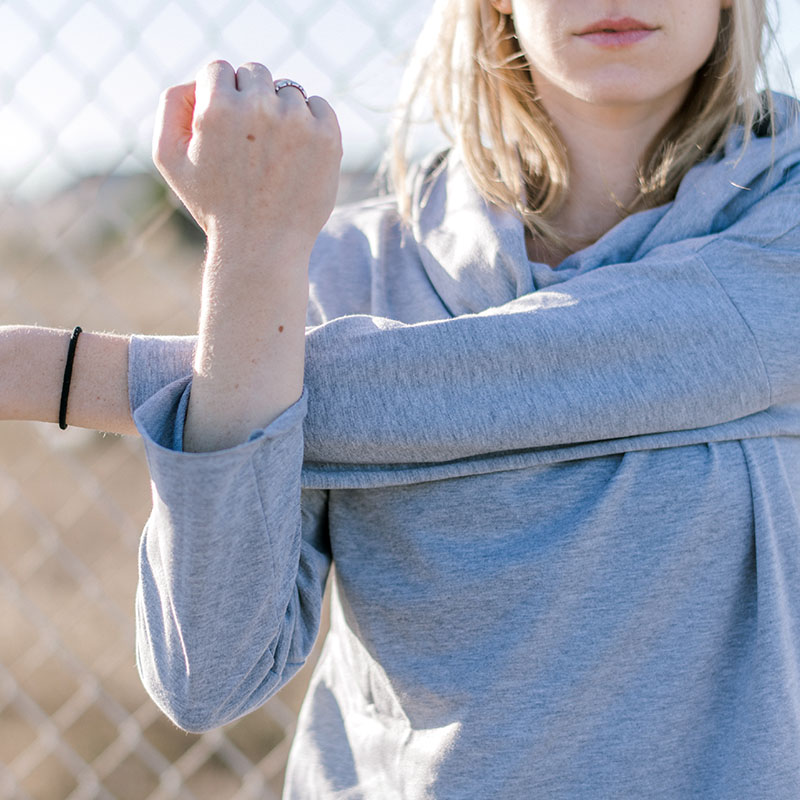
Cartilage Restoration Procedure
Microfracture
Microfracture is a common surgical technique used to repair damaged knee cartilage and is frequently performed on athletes.
The surgeon makes a tiny incision on the affected knee and inserts a long thin scope (arthroscope). This scope allows the surgeon to work directly on the joint area. The surgeon uses an ice pick-like tool to drill very small holes (microfractures) into the bone near the defective cartilage. Bone marrow seeps out of the holes, creating a blood clot that releases the cartilage-building cells. Those cells then repair the injured cartilage site.
ACI
In an autologous chondrocyte implantation, or ACI procedure, doctors take a few cartilage cells from the knee, grow them in the lab, and re-implant them into the area of cartilage damage. Essentially, it’s a cartilage implant using your own, lab-grown cartilage instead of that of a donor.
First, doctors perform an arthroscopic surgery to identify the area of cartilage damage and determine if it is appropriate for an ACI procedure. If so, cartilage cells are collected and sent to a lab where they are grown and multiplied in ideal conditions. Once enough cells have been grown (after about 4-6 weeks), they are sent to the surgeon, and the second surgery is scheduled.
During this surgery, a larger incision is used to directly view the area of cartilage damage (not an arthroscopy). A second incision is made over the shinbone and an area of tissue called periosteum is harvested. The periosteum is the thick tissue that covers the shinbone. A patch roughly the size of the cartilage injury area is taken.
The patch is then sewn over the area of damaged cartilage, and the lab-grown cartilage cells are injected underneath the patch. Proper physical therapy allows the implanted cartilage cells to continue to grow and repair the injured cartilage area.
OATS
In an OATS, or osteochondral autograft transfer system, healthy areas of the body are transplanted into injured area.
First, a coring tool is used to make a perfectly round hole in the bone in the area of damaged cartilage. This hole is sized to fit the plug.
The next step is to ‘harvest’ the plug of normal cartilage from an uninjured part of the body that won’t miss it. The plug is taken with the underlying bone to fit into the hole that was prepared in the area of damage.
The final step is to implant the harvested plugs into the hole that was created in the damaged area. If the procedure is successful, the implanted bone and cartilage will incorporate into its new environment and repair the injury.
Knee
Meniscus Surgery
The meniscus is a C-shaped piece of cartilage that acts as a cushion between the upper and lower leg bones in the knee joint. It aids in bearing the weight, turning, and gliding. Each knee has two menisci. A tear of the meniscus can be painful and interfere with proper movement of the knee. Depending on the extent of the tear, we can use arthroscopic surgery techniques to either remove the torn portion or repair the torn cartilage. Afterward, we can offer physical therapy to aid the healing process and restore proper use of the knee.
Meniscus Transplant
If the injured meniscus is extensively damaged, a patient may be a good candidate for a meniscus transplant. In this case, surgeons use arthroscopic surgery techniques to completely replace the damaged meniscus with cartilage taken from donor tissue.
ACL Reconstruction
When you twist your knee or fall on it, you can tear a stabilizing ligament that connects your thighbone to the shinbone. The anterior cruciate ligament (ACL) unravels like a braided rope when it’s torn and does not heal on its own. Fortunately, reconstruction surgery can help many sufferers recover full knee function after an ACL tear.
Often the doctor harvests strong, healthy ligament tissue from near your knee and uses it to replace the torn ACL. Donor tissue can also be used in some cases. In other cases where the ACL is torn cleanly from the bone, it can be successfully re-attached, rather than replaced.
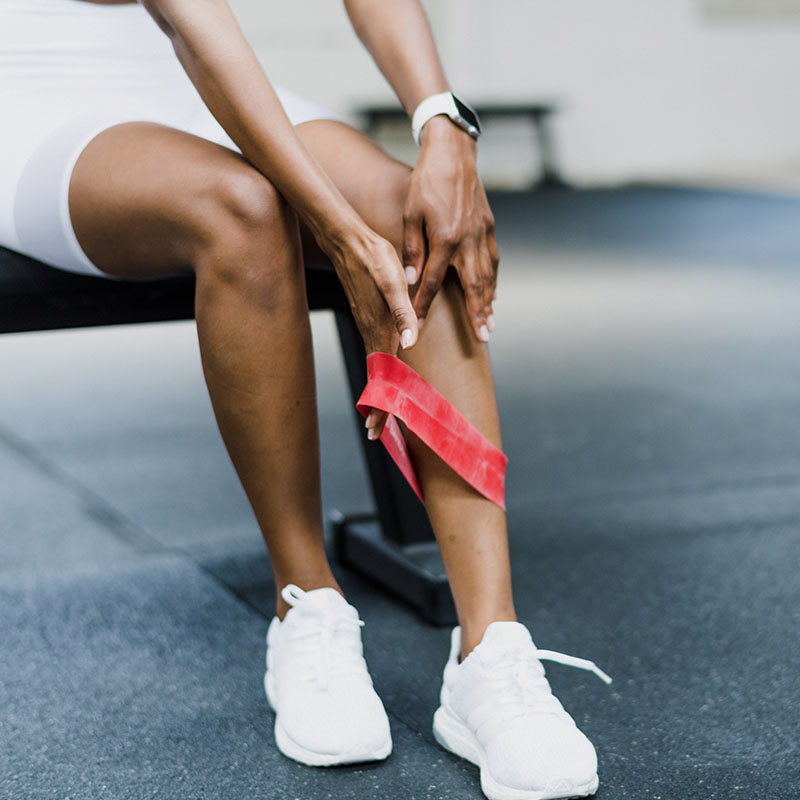
Treatment of Fractures
We treat fractures sustained in nearly any part of the body. Not all fractures require surgical intervention, but some do. We treat fractures in the manner most appropriate to help patients recover and return to normal activities in the shortest period of time.
